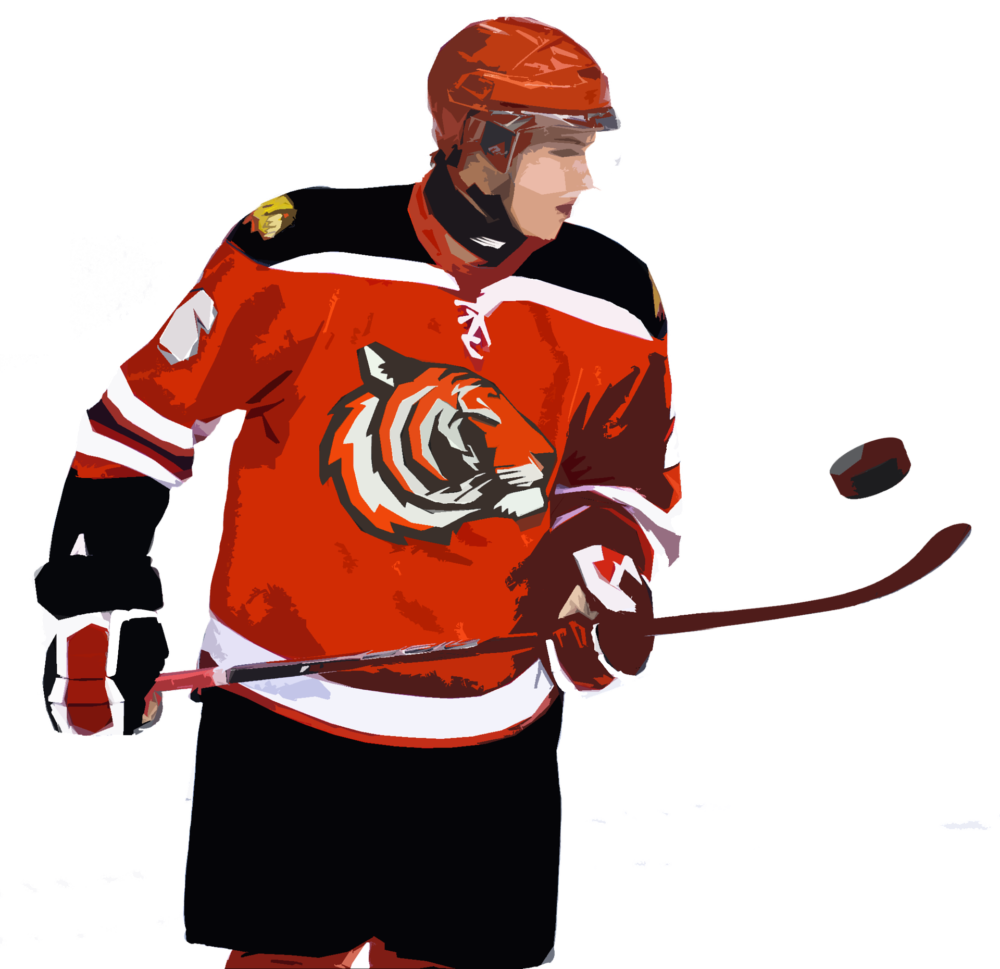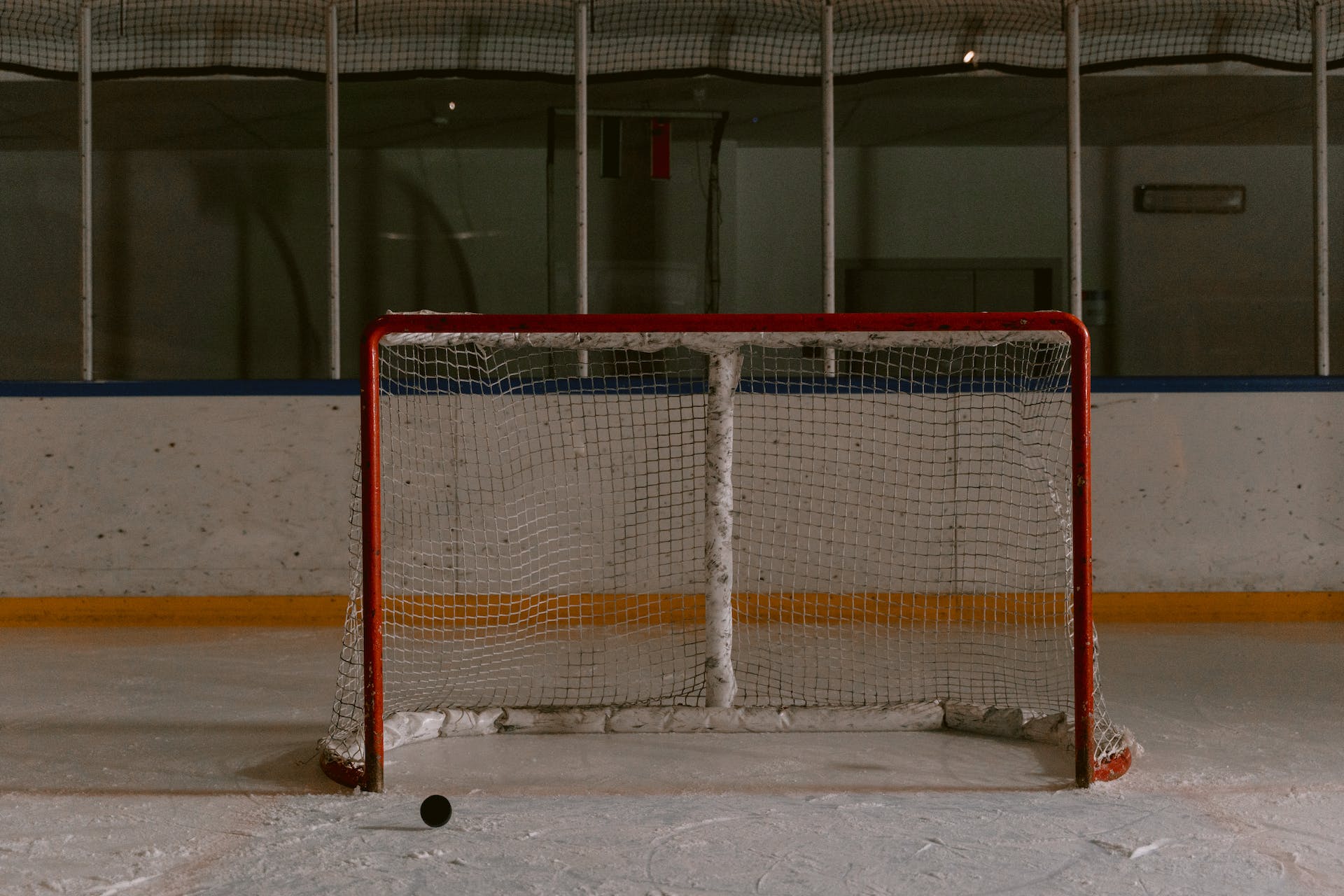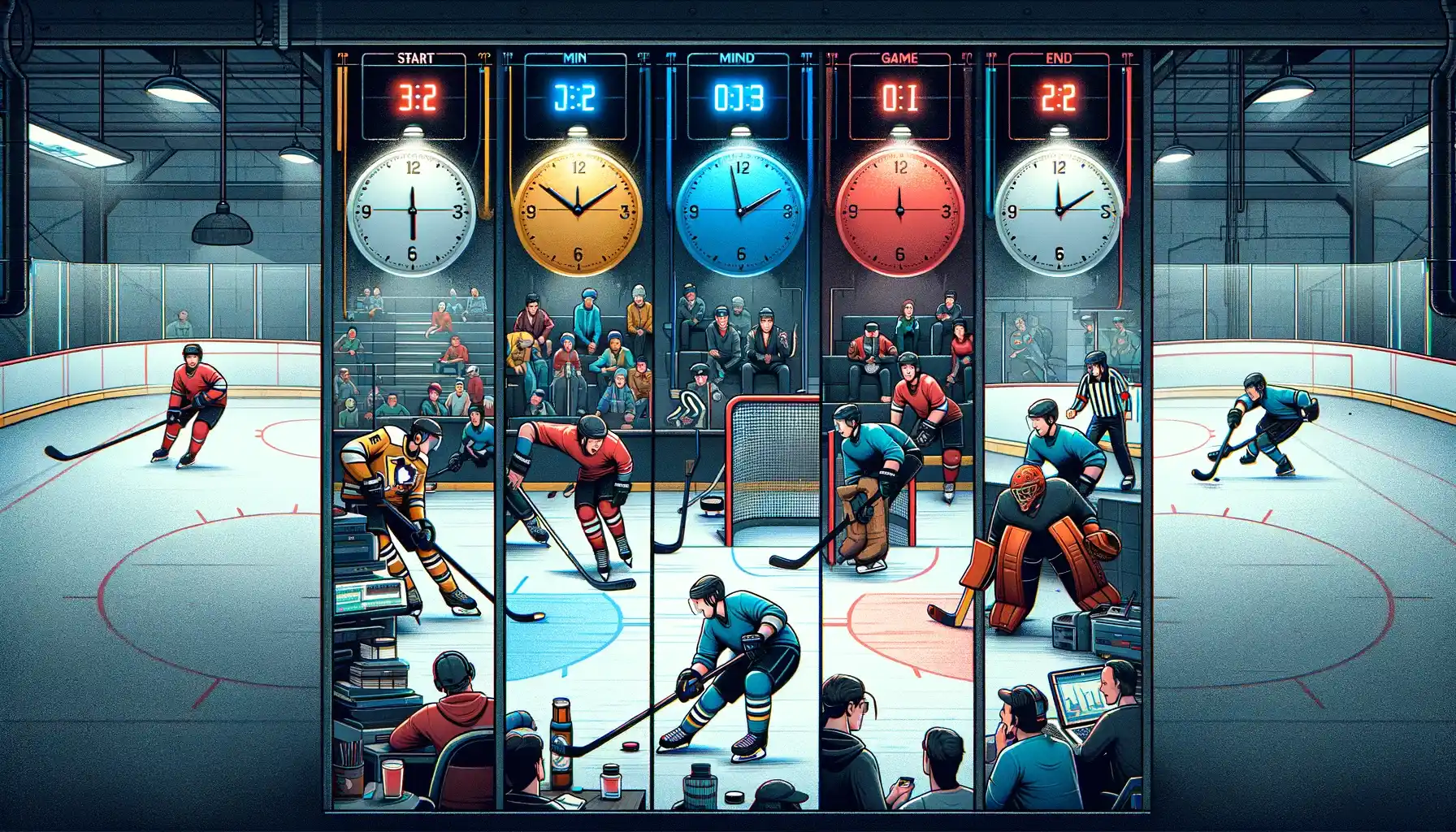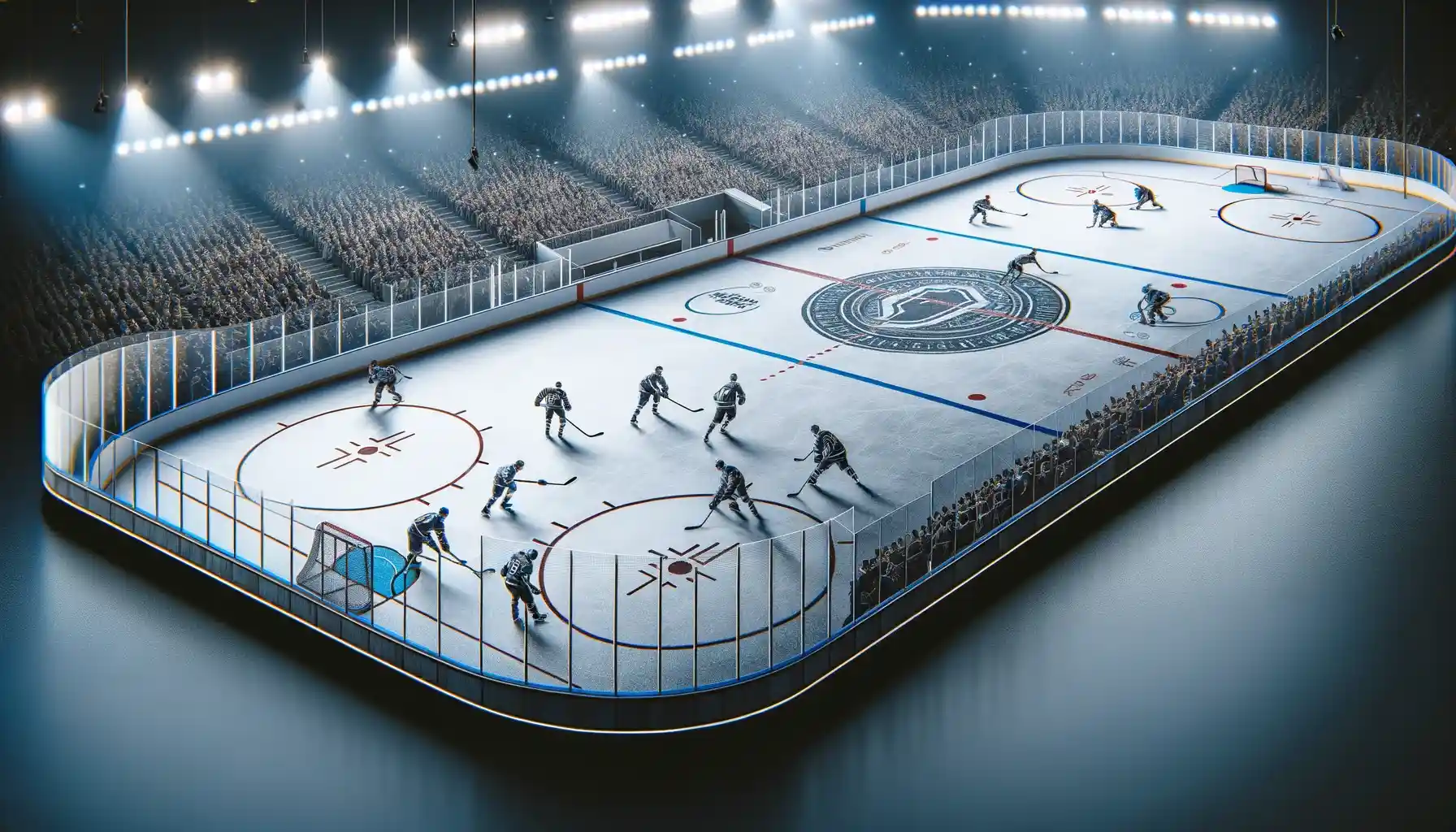A standard ice hockey game consists of three 20-minute periods, totaling 60 minutes of regulation play. However, the actual game time — when you include intermissions, stoppages, and overtime — typically runs between 2.5 to 3 hours in professional leagues like the NHL.
Here’s a breakdown of what influences the full length of a hockey game:
| Part of Game | Duration | Description |
|---|---|---|
| Regulation Time | 3 x 20-minute periods | 60 minutes of active play |
| Intermissions | 2 x 18-minute breaks | Time for ice resurfacing and team strategy resets |
| Overtime (Regular Season) | 5-minute sudden death | If tied after regulation, followed by shootout if still tied |
| Overtime (Playoffs) | 20-minute periods | Sudden death until a goal is scored — can extend for hours |
| Commercial Breaks | ~2 minutes x 3 per period | Media timeouts extend game duration but offer rest and revenue opportunities |
| Whistle Stoppages | Varies | Penalties, offsides, icing, goalie freezes, and coach’s challenges |
NHL Game Duration: What to Expect
A typical NHL game lasts around 2.5 to 3 hours. Here’s why:
-
Two 18-minute intermissions
-
Multiple media timeouts per period
-
Frequent referee stoppages for reviews, hockey penalties, and puck resets
-
Shootouts or overtime in tied regular-season games
In playoffs, sudden-death overtime is played in full 20-minute periods — no shootouts. The game continues until someone scores, often pushing games past the 4-hour mark.
Overtime: Regular Season vs. Playoffs
Overtime rules differ depending on whether it’s a regular season game or a playoff matchup — and that has a major impact on total game length.
| Factor | Impact on Time | Frequency |
|---|---|---|
| Commercial Breaks | Adds to total duration | Every period |
| Penalties | Stoppage in play | Variable |
| Overtime/Shootouts | Extends game duration | If tied at the end of regulation |
| Coach's Challenges/Video Reviews | Reviewing plays | As needed |
NHL playoff overtimes are among the most intense and unpredictable moments in sports — and the primary reason some games last nearly double their regulation time.
Stoppages That Add Up
Aside from intermissions and overtime, there are many smaller moments that stretch game time:
-
TV timeouts (3 per period in NHL)
-
Offside and icing calls
-
Goalie puck freezes
-
Coach’s challenges and video reviews
While each may only pause the clock briefly, their cumulative impact is considerable — especially in high-stakes, tightly contested games.
What Else Adds to Game Length?
The clock stops often in hockey. While each instance may be brief, together they significantly extend a game’s real-time length.
-
Media timeouts: Roughly 6 minutes added per game
-
Penalty calls: Stop the clock and shift strategy
-
Video reviews & challenges: Increasingly common, especially late in games
-
Puck out of play, offside, icing: Routine but frequent stoppages
For fans attending or watching live, these pauses shape the full rhythm and duration of a hockey game — making planning (and pacing) key.
Explore how Hockey Power Play and Penalty Minutes influence the strategies and dynamics of a hockey game.
Evolution of Ice Hockey Game Length Over Time
Ice hockey’s structured timing — three 20-minute periods — didn’t always exist. The modern game’s length is the result of over a century of refinement driven by rule changes, player safety, and broadcast demands.
From Chaos to Clockwork: A Brief History
In the early days of hockey, matches were often open-ended or decided by the number of goals rather than a time limit. Over time, leagues standardized gameplay to balance entertainment, athlete stamina, and fairness.
| Era | Typical Duration | Key Rule Developments |
|---|---|---|
| Early Days | Variable | Informal timing; play often continued until a preset number of goals |
| Post-1960s | Fixed 3x20-minute format | Introduction of synchronized clocks and formal intermission breaks |
| Modern Era | ~2.5 to 3 hours | Refined overtime rules, commercial breaks, coach’s challenges, replays |
These shifts helped hockey evolve into a broadcast-friendly, fast-paced sport without compromising its intensity.
Variations in Game Length by League and Level
While the NHL and most pro leagues follow strict timing standards, other levels of hockey adjust game length to fit their audience, players, and logistical needs.
Youth Ice Hockey
Youth hockey games are shorter — typically two or three 12- to 15-minute periods — to match kids’ endurance and attention span. Intermissions may be brief or skipped entirely depending on the format.
Women’s Ice Hockey
Women’s professional leagues generally follow the same structure as men’s (3×20), though intermissions and stoppage enforcement may vary slightly depending on the league or tournament.
Recreational Hockey
Casual or “beer league” games are often the most flexible. Period lengths may be reduced (e.g., 3×15 or 2×20) and stoppage rules are often relaxed to keep games moving and finish on time.
| League/Level | Average Game Duration | Notable Differences |
|---|---|---|
| NHL | ~2.5 to 3 hours | Standardized periods, OT, and commercial breaks |
| AHL | Similar to NHL | Minor rule tweaks; near-identical timing |
| Youth Hockey | Shorter | Adjusted period lengths and minimal intermissions |
| Women’s Hockey | Similar to NHL | Structure aligned; minor league-specific rule changes |
| Recreational Hockey | Varies | Most flexible in timing, rules, and stoppages |
Common Questions About Ice Hockey Game Length
Why is hockey played in 3 periods instead of halves or quarters?
Three periods offer a balanced rhythm of play and rest. This format helps maintain energy, strategic adjustments, and viewer engagement throughout the game.
How long is a period in hockey?
Each period in professional hockey is 20 minutes of stop-time. With whistles and timeouts, real-time duration per period is closer to 30–40 minutes.
How long is the break between periods in hockey?
In the NHL, intermissions last 18 minutes. This allows for full ice resurfacing and time for teams to reset strategies.
How long does an NHL game last including breaks?
Most NHL games last about 2.5 to 3 hours in total, factoring in play time, intermissions, media breaks, and stoppages.
Do hockey games always go to overtime?
Only if the game is tied at the end of regulation. Regular season games go to 5-minute overtime (plus shootout if needed); playoff games continue with 20-minute sudden-death periods until a goal is scored.
How long are NHL playoff games?
Playoff games can extend far beyond regular game time due to unlimited 20-minute sudden-death overtime periods. Some can exceed 4 hours.
What is the longest NHL game ever played?
The longest NHL game occurred in 1936 and lasted 176 minutes and 30 seconds, ending in the sixth overtime between the Red Wings and the Maroons.
How long is a youth hockey game?
Youth hockey games typically use shorter periods (e.g., 3×12 or 3×15 minutes) and minimal intermissions, usually totaling under 90 minutes.
Gain insights into key aspects of hockey strategy and gameplay dynamics by exploring Hockey Faceoffs and understanding the rules of Icing in Hockey.
Final Thoughts: Timing That Defines the Game
Ice hockey’s timing structure — from its fixed three-period format to unpredictable playoff overtimes — adds to the sport’s strategy, suspense, and appeal. While the regulation clock reads 60 minutes, the real game is shaped by everything around it: stoppages, shootouts, media breaks, and historical endurance battles.
Understanding how long a hockey game really lasts helps fans, players, and newcomers appreciate the rhythm and demands of the sport — whether you’re watching at the rink or planning your night around puck drop.




